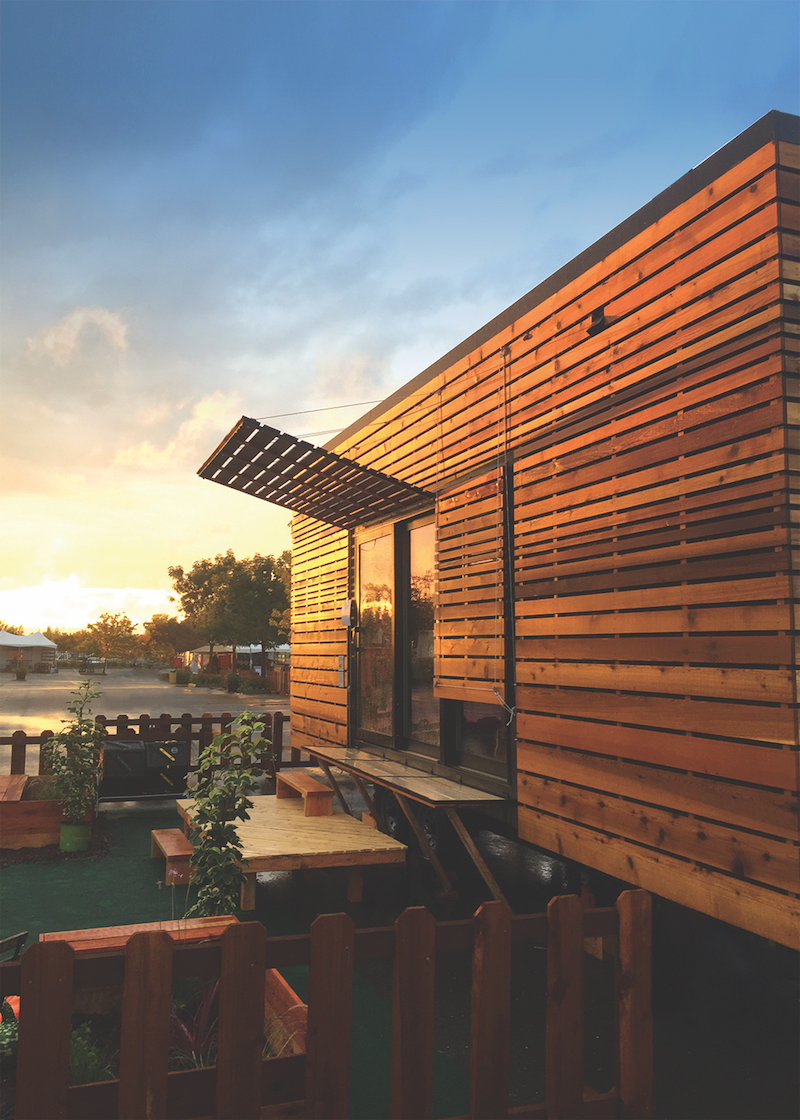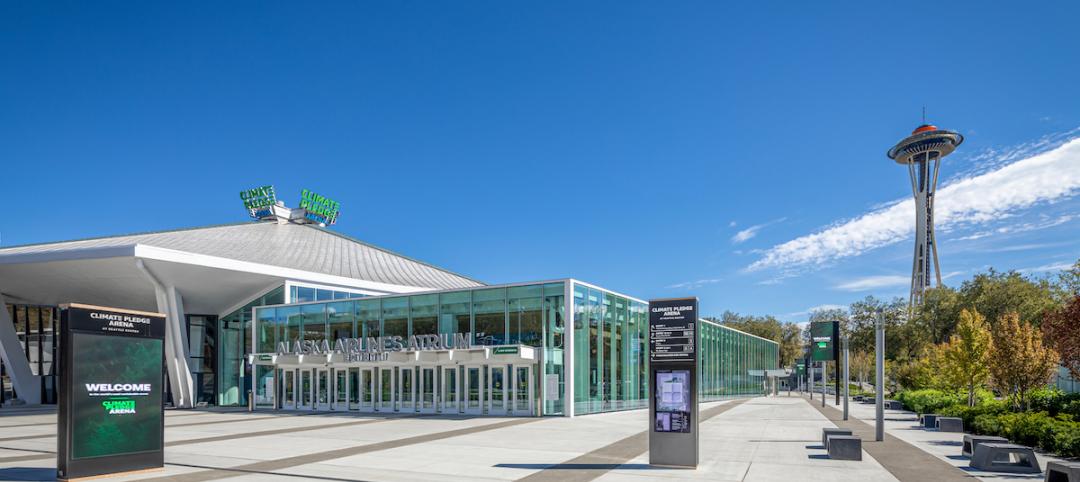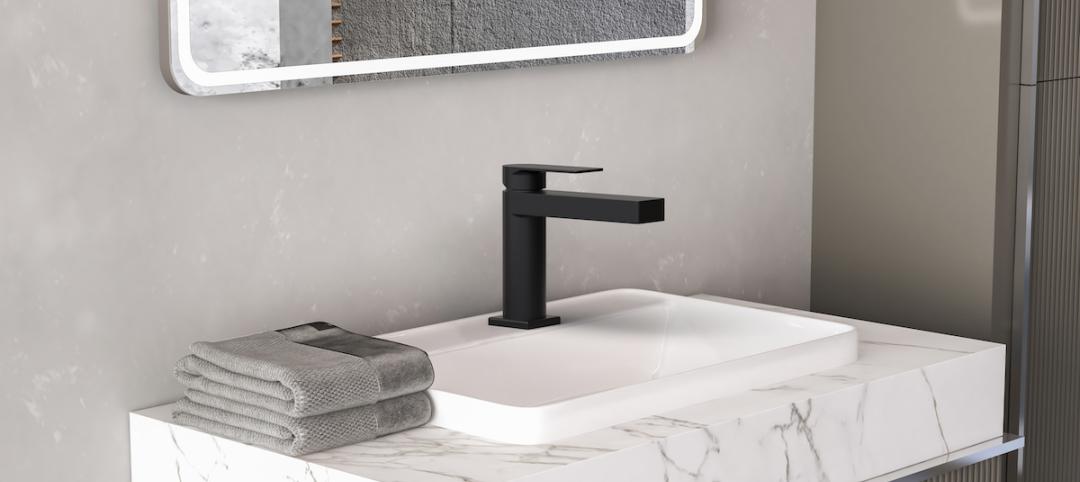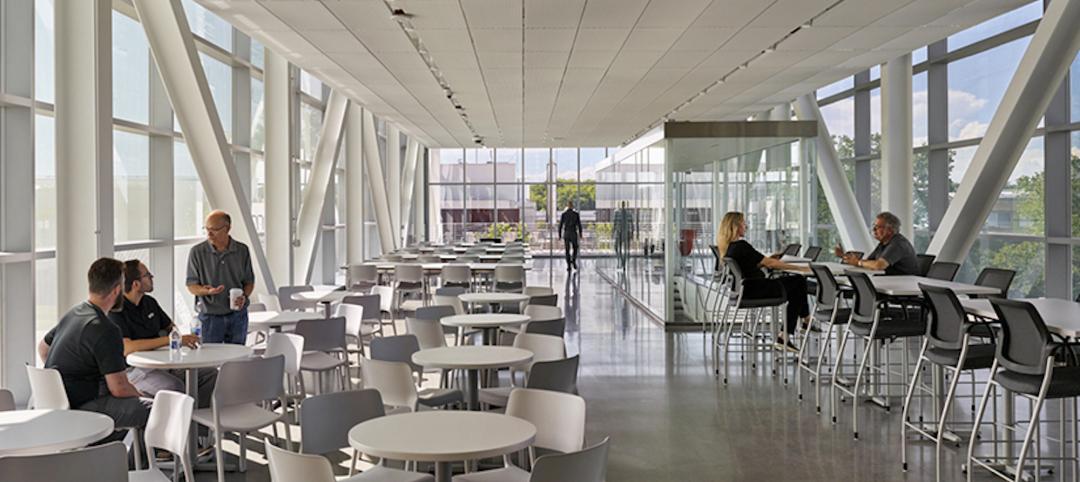The tiny-house craze is huge – TV shows, blogs, daily articles in the news and websites are dedicated to the trend. Now Viega has a hand in it, too – contributing to a tiny-house competition in California. The team from University of California, Berkeley, utilized different Viega products and finished second in the competition, pulling in some other awards as well.
Viega is a member of the Center for the Built Environment (CBE), a UC Berkeley-sponsored scientific research partner, so the collaboration on the tiny house grew from that relationship. Students from the CBE formed a team to compete in the tiny-house building competition, and Viega came on board as a sponsor of the entry, providing products, loaning tools and giving some advice to what became a very successful venture.
The Berkeley team wanted their tiny house to be completely off the grid, able to produce its own energy and use as little water as possible. With efficiency in mind, the team worked to create a system to recycle as much water as they could for a second use.
Laney Siegner, in her third year of the Energy and Resources group PhD program at Berkeley, was one of the project managers and led the design of the water and wastewater systems.
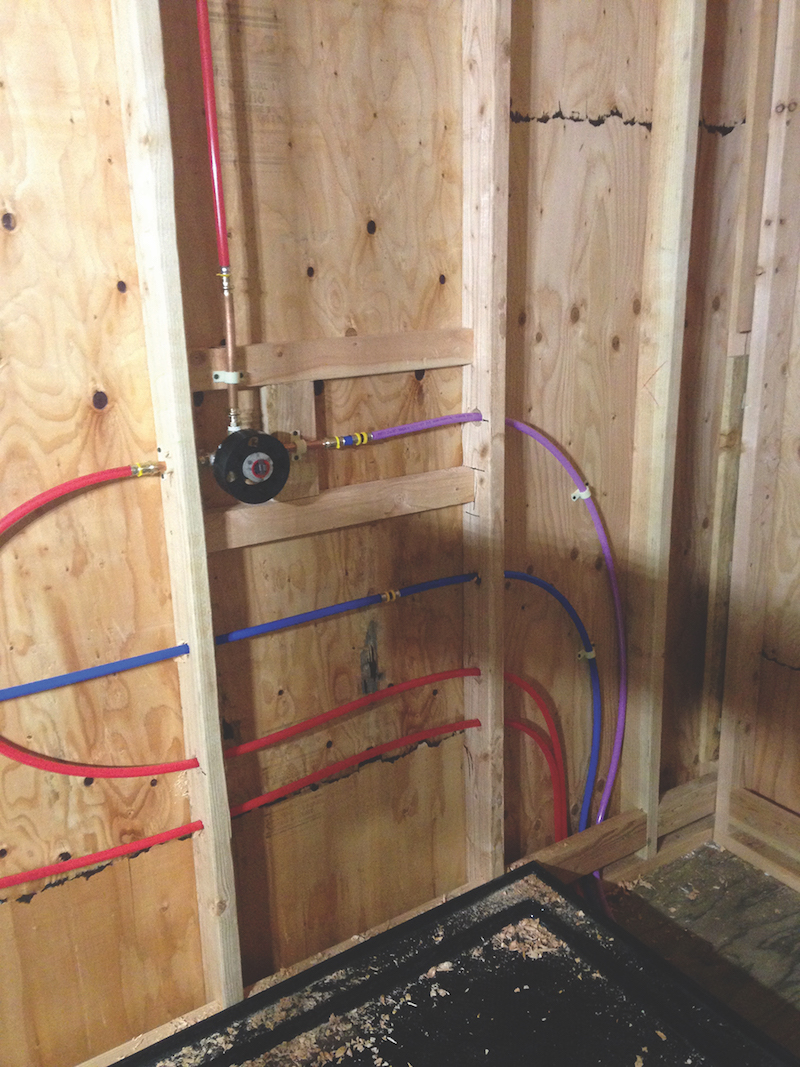 The team used the Viega PureFlow system.
The team used the Viega PureFlow system.
“Our concept was to pump the greywater to planter boxes on the back end of the trailer/house and then filter it through the planter boxes, through a UV disinfection light, and then recollect it as filtered greywater,” Siegner said. “Our highly ambitious goal was to get the water back to potable, but we couldn’t quite achieve that. We did a lot of testing on it, and there was still a little turbidity, but we determined it was okay for several uses.”
The team made good use of the Viega PureFlow system, installing PureFlow PEX in red and blue for hot and cold potable water, and also purple for reclaimed water, as well as PureFlow Press Polymer fittings. The PEX in ½" and ¾" was utilized on the project, and the team was also able to use a ManaBloc in the mechanical room. They chose to cover it with clear plastic, so the plumbing is still visible in the completed home.
The PureFlow PEX products played a big role in the whole water system, with lots of tubing used not only for hot and cold water output, but to move the greywater through the recycling system.
The idea impressed the judges of the competition, and Berkeley’s team won the award for water conservation, as well as for overall sustainability.
“Viega’s support was essential and extremely important for the success of our project,” said Caroline Karmann, a PhD candidate at Berkeley who served as architect for the tiny house. “The high quality of Viega’s products has been a key aspect in the functionality of our water systems, which is unusual and complex since we are off-grid. We were profoundly lucky to have this collaboration with Viega.”
Read more about this project here.
Related Stories
75 Top Building Products | Apr 22, 2024
Enter today! BD+C's 75 Top Building Products for 2024
BD+C editors are now accepting submissions for the annual 75 Top Building Products awards. The winners will be featured in the November/December 2024 issue of Building Design+Construction.
Plumbing | Mar 18, 2024
EPA to revise criteria for WaterSense faucets and faucet accessories
The U.S. Environmental Protection Agency (EPA) plans to revise its criteria for faucets and faucet accessories to earn the WaterSense label. The specification launched in 2007; since then, most faucets now sold in the U.S. meet or exceed the current WaterSense maximum flow rate of 1.5 gallons per minute (gpm).
75 Top Building Products | Dec 13, 2023
75 top building products for 2023
From a bladeless rooftop wind energy system, to a troffer light fixture with built-in continuous visible light disinfection, innovation is plentiful in Building Design+Construction's annual 75 Top Products report.
Codes | Jul 10, 2023
Water Demand Calculator outperforms traditional plumbing codes for energy, carbon, and water savings
Using IAPMO’s Water Demand Calculator tool can result in energy, carbon, and water savings as compared to using traditional plumbing specification methods in plumbing codes, according to a study by Arup.
Arenas | Jun 14, 2023
How Seattle’s Climate Pledge Arena is conserving water
More than 700 water closets, urinals, flushometers, and faucets combine to save water at the 18,300-person Climate Pledge Arena, in Seattle.
Plumbing | Jun 1, 2023
Olympia debuts a single-handle faucet for i4 Series for the bath
Olympia Faucets has introduced a new single-handle lavatory faucet (Model #L-6000) to its popular i4 series.
Codes | Mar 2, 2023
Biden Administration’s proposed building materials rules increase domestic requirements
The Biden Administration’s proposal on building materials rules used on federal construction and federally funded state and local buildings would significantly boost the made-in-America mandate. In the past, products could qualify as domestically made if at least 55% of the value of their components were from the U.S.
75 Top Building Products | Nov 30, 2022
75 top building products for 2022
Each year, the Building Design+Construction editorial team evaluates the vast universe of new and updated products, materials, and systems for the U.S. building design and construction market. The best-of-the-best products make up our annual 75 Top Products report.
Engineers | Nov 10, 2022
U.S. engineering firms cash in on a volatile, expanding market
New practices and markets drive growth for U.S. engineering and engineering-architecture firms. And firms are getting serious about reducing projects’ carbon footprint.
Building Materials | Nov 2, 2022
Design for Freedom: Ending slavery and child labor in the global building materials sector
Sharon Prince, Founder and CEO of Grace Farms and Design for Freedom, discusses DFF's report on slavery and enforced child labor in building products and materials.


